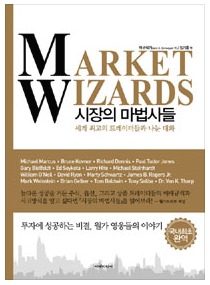Chapter2 summary
No.15
Stance Stanly(신명석)
1. Organizational Culture : Definition and Context
Definition : Organizational culture is "the set of shared, taken-for-granted implicit assumptions that a group holds and that determines how it perceives, thinks about, and reacts to its various environments"
2. Dynamics of Organizational Culture
Layers of Organizational Culture
- Observable Artifacts : Artifacts consist of the physical manifestation of an organization's culture.Organizational examples include acronyms, amnner of dress, awards, myths and stories told about the organization, published lists of values, observable rituals and ceremonies, special parking spaces, deconrations, and so on.
- Espoused values : The stated values and norms that are preferred by an organization.<->Enacted values(represent the values and norms that actually are exhibited or converted into employee behavior.
- Basic Assumptions : Basic underlying assumptions are unobservable and represent the core of organizational culture.
3. Four Functions of Organizational Culture
4. Types of Organizational Culture
CVF(Competing values framework) : A framework for categorizing organizational culture.
- Clan culture : A culture that has an internal focus and values flexibility rather than stability and control.
- Adhocracy Culture : A culture that has an external focus and values flexibility.
- Market Culture : A culture that has a strong external focus and values stbility and control.
- Hierarchy Culture : A culture that has an internal focus and values stability and control over flexibility.
5. The Process of Culture change
- Formal statements of organizational philosophy, mission, vision, values, and materials used for recruiting, selection, and socialzation
- The design of physical space, work environments, and buildings
- Slogans, language, acronyms, and sayings
- Deliberate role modeling, training programs, teaching, and coaching by managers and supervisors
- Explicit rewards, status symbols, and promotion criteria
- Stories, legends, and myths about key people and events
- The organizational activitis, processes, or outcomes that leaders pay attetion to, measure, and control
- Leadr reactions to critical incidents and organizational crises
- The workflow and organizational structure
- Organizational systems and procedures
- Organizational goals and associated criteria used for recruitment, selection, development, promotion, layoffs, and retirement of people.
6. A Three-Phase Model of organizational Socialization
Phase 1 : Anticipatory Socialization : Occurs before an individual joins an organization, and involves the information people learn about different careers, occupations, professions, and organizations.
Phase 2 : Employees learn what the organization is really like and reconcile unmet expectations.
Phase 3 : Change and Acquisition : Requires employees to master tasks and roles and to adjust to work group values and norms.
7. Mentoring
- Definition of Mentoring : Process of forming and maintaining developmental relationships between a mentor and a junior person.
- Functions of Mentoring : Five career Functions that enhance career development were sponsorship, exposure-and-visibility, coaching, protection, and challenging assignments.
- Types of development networks derived from a developmental network model of mentoring. The four development networks are receptive, traditional,entrepreneurial, and opportunistic.
Source : Organization Behavior,Kinicki/Kreitner,Mc Graw Hill p36~p58

